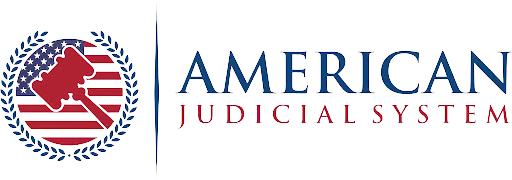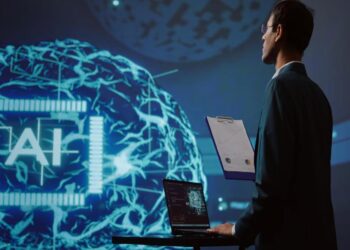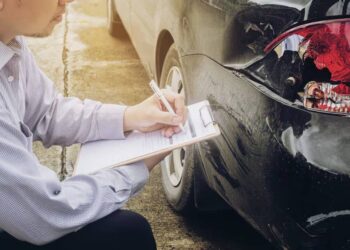As self-driving cars become a more common sight in cities like San Francisco, Los Angeles, and San Diego, they bring promises of safer roads and fewer accidents caused by human error. But are these autonomous vehicles (AVs) truly safe for all road users — pedestrians, cyclists, and traditional drivers alike?
To dig deeper into this question, we turned to Chris Mova, a personal injury attorney based in San Diego at Mova Law Group. With his expertise in accident-related legal issues, Chris offers a fresh perspective on the risks, challenges, and future implications of AVs in California.
The Hype vs. Reality of Autonomous Vehicles
Autonomous vehicles are often marketed as the solution to human-driven errors such as distracted driving, speeding, and drunk driving. Equipped with advanced sensors, AI algorithms, and real-time data processing, these cars aim to create a safer environment for everyone on the road.
“On paper, AVs sound like a dream come true,” says Mova. “They’re designed to follow traffic laws perfectly and eliminate reckless behavior. But the reality is far more complicated.”
While AVs excel in controlled environments, their performance in unpredictable, real-world scenarios — like chaotic urban intersections or foggy coastal highways — raises concerns. These challenges highlight the gap between the technology’s potential and its current limitations.
Real-World Risks: When Self-Driving Cars Fail
Despite rigorous testing, self-driving cars have been involved in several high-profile incidents that underscore their vulnerabilities. For instance:
- Miscommunication with cyclists: In 2022, an autonomous vehicle in San Francisco failed to recognize a cyclist signaling a turn, leading to a collision.
- Sensor blind spots: Low-light conditions, such as those during California’s infamous morning fogs, can impair sensor accuracy, making it harder for AVs to detect smaller objects like bicycles or pedestrians.
- Pedestrian fatalities: Although rare, pedestrian fatalities involving AVs have occurred elsewhere in the U.S., serving as cautionary tales about the technology’s readiness for widespread adoption.
According to Mova, “these incidents remind us that AVs aren’t infallible and even the most advanced systems can struggle with nuances like human unpredictability or adverse weather conditions.”
California-Specific Challenges
California’s diverse landscapes and bustling urban centers present unique hurdles for self-driving cars. “Until AVs can reliably handle California’s complex road conditions, we need stricter oversight and better safeguards for vulnerable road users,” says Mova.
- Urban congestion: Cities like Los Angeles and San Francisco are notorious for gridlock, narrow bike lanes, and frequent stops. Navigating these environments requires split-second decision-making that even AVs sometimes fail to execute flawlessly.
- Tourist traffic: Popular destinations like Santa Monica and La Jolla attract tourists unfamiliar with local roads. Adding AVs to the mix increases the likelihood of confusion and accidents.
- Weather variability: From dense fog along the coast to sudden rainstorms, California’s weather patterns can disrupt sensor functionality, posing additional risks to cyclists and pedestrians.
Who’s Responsible When Things Go Wrong?
“Victims of AV-related accidents often face a maze of legal complexities,” explains Mova. “That’s why consulting with an attorney familiar with emerging technologies is crucial.”
One of the biggest challenges with self-driving cars is determining liability in the event of an accident. Unlike traditional crashes where fault typically lies with a human driver, AV-related incidents involve multiple parties.
- Manufacturers: If a crash results from faulty hardware or software, the company producing the vehicle could be held accountable.
- Software developers: Poorly programmed algorithms may contribute to accidents, implicating the teams responsible for designing them.
- Passengers: In some cases, the person inside the AV might share responsibility depending on how the vehicle was being operated.
Final Thoughts
While autonomous vehicles represent a bold step toward safer transportation, their journey to full integration is fraught with challenges. By staying informed, advocating for change, and taking proactive steps, Californians can navigate this evolving landscape with confidence.
If you’ve been involved in an accident involving a self-driving car — or any vehicle — seeking legal guidance is essential. As Mova advises, “No matter who or what is at fault, victims deserve justice and fair compensation.”










